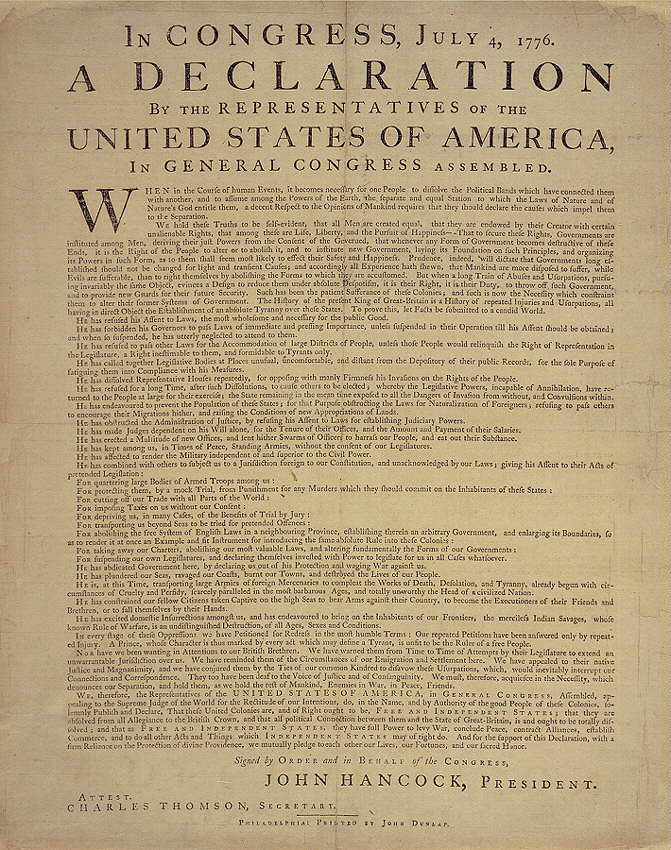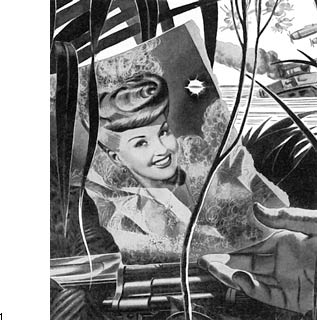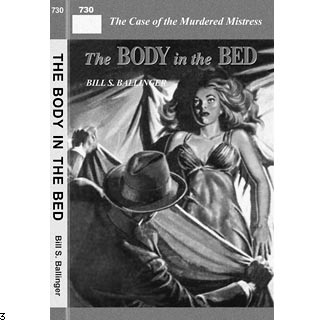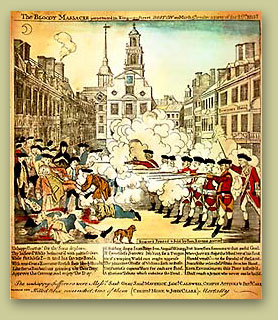Print: Examples from the Pre-Revolutionary and 20th Century America
|
Media Theory versus a Cultural History of Media The readings in this class offer two very different ways to study the relationship between media, in this case print media, and cultural change. What results is less a "debate" about whether or how "media" determines "culture" than the articulation of two very different discursive systems for studying media. Within Marshall McLuhan's speculative narrative, "media" is the global term, which, by working as environments, "work us over completely."[The Medium is the Massage, 26] McLuhan offers a speculative theory of print, and alphabetic writing, as that which abstracts meaning from sound, and thereby translates "man out of the possessive world of total interdepenedence and interrelation that is the audiotry network."[The Gutenburg Galaxy] Alphabetic writing and print transform the media sphere by changing the sense ratios that ground human experience. Although Elizaeth Eisenstein's study of the "impact of print media" are, when compared to McLuhan, rigorous and patient and modest, her study of the coming of print, gives this change in the form, quantity, and coherent organization of writing decisive influence in promoting the development of science, geography, and modern enlightenment thought. For Michael Warner, "media" is not a master term, but a subset of the more global and comprehensive term culture, understood in the cultural studies manner, as “The totality of socially transmitted behavior patterns, arts, beliefs, institutions, and all other products of human work and thought.” (American Heritage Dictionary) For Warner, it is not possible to separate a medium like print, from the specific histories, practices and subject positions that may shape its uses and meanings. To do so is, by a techno-determinist logic, to try to turn the complex cultural history of print into the "unfolding of the nature of that technology" (The Letters of the Republic, 9) Rather than seeking a general theory of print, one which could be applied (as McLuhan does) across all cultures and all epochs, Warner insists that one cannot define what "print" is or means, without a patient study of the specific contingent articulations made to give print a certain meaning. Warner asks a new questions: not, "how does ‘print’ influence, determine, or change culture?" but, how did print in the years before the American Revolution acquire certain traits? how, for example, how did it get articulated with, enlightenment emancipation, civil public life, freedom of expression (as in the phrase, “freedom of the press”)? |
John Adams, "A
Dissertation on the Canon and the Feudal Law" No. 3. Published
Monday, 30 September 1765, in the Boston Gazette (Edited and printed
by Benjamin Edes and John Gill). Note that this four part essay was written
during the colonial agitation against the Stamp Act levies passed in 1765
by the British Parliament and scheduled for enforcement on November 1,
1765. From later in the same essay: "But it seems very manifest from
the Stamp Act itself, that a design is formed to strip us in a great measure
of the means of knowledge, by loading the press, the colleges, and even
an almanac and a newspaper, with restraints and duties; and to introduce
the inequalities and dependencies of the feudal system, by taking from
the poorer sort of people all their little subsistence, and conferring
it on a set of stamp officers, distributors, and their deputies."
The Votes and Proceedings of
the Freeholders and other Inhabitants of the Town of Boston, Boston, [November,
1772] [Handout]
Dunlop
Broadside of The Declaration of Independence.
One of twenty-four surviving copies of the first printing of the Declaration
of Independence done by Philadelphia printer John Dunlap in the evening
of July 4.

20th Century Print Media: images
from Marshall McLuhan,
The Mechanical
Bride: The Folklore of Industrial Man.
(1951) In contrast with the evagelical affirmation of The Medium is
the Massage, this text offers bitingly ironic and brilliantly incisive
critiques of the print media culture of American advertsing as it emerged
on the pages of magazines in the years following World War II. McLuhan
grasped the mass appeal of American advertising before most cultural critics,
and his readings of these images have striking similiarities with the
readings of popular culture Roland Barthes would develop a few later in
Mythologies (1957)




Return to Home Page for Professor Warner's The Theory and Cultural History of 20th Century Media (Department of English, UC/ Santa Barbara, 2002)
